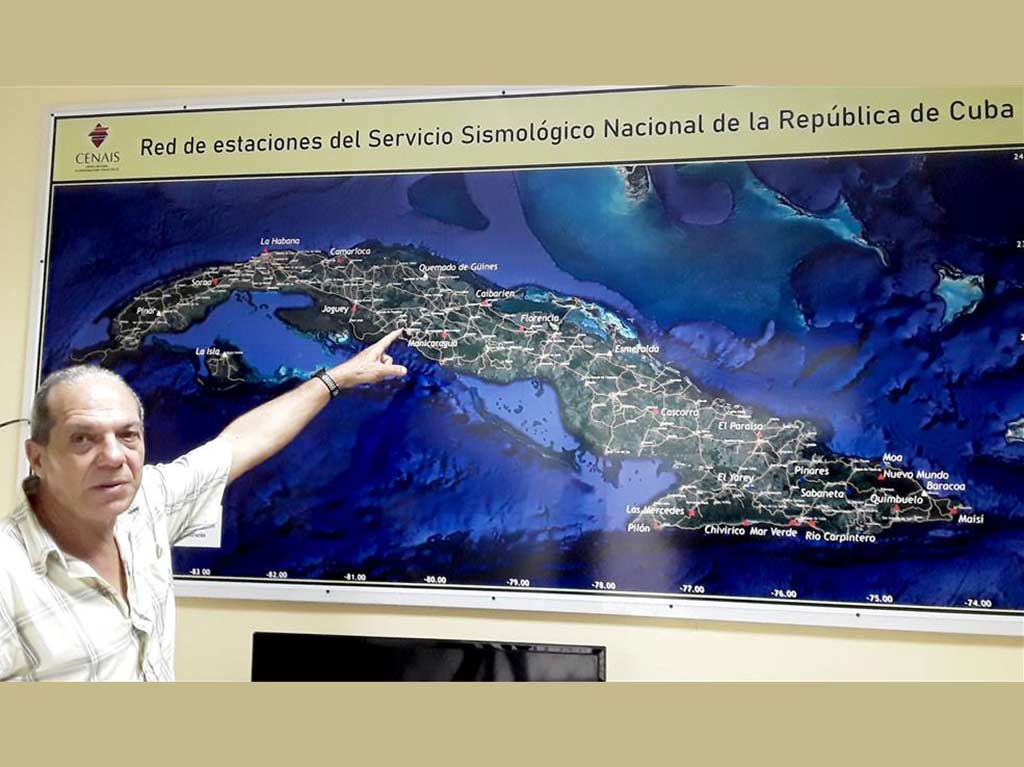The specialist explained that the strategy of having a seismic monitoring network in the country will be completed with the installation, in the south of Pinar del Río province, of a station whose equipment is planned through an international project.
Arango, who is also the deputy technical director of the National Center for Seismological Research (CENAIS), explained that when the network is completed, it will make it easier to register any earthquake that occurs in Cuba and to determine with much more precision parameters such as epicenter, depth, magnitude and coordinates.
He emphasized the notable improvement in the estimation of seismic danger, due to more precise study of the sequences of tremors that occur, and the follow-up of an active fault, in order to alert the authorities in time and take measures to avoid loss of human lives and minimize material damage.
The network of Cuban seismological stations contributes to the international system of seismological monitoring in real time because they are interconnected, thus allowing the CENAIS to get warnings on earthquakes occurring in the world, while other countries also receive data on seismic movements of importance in Cuba.
Arango concluded that the network of stations contributes to the tsunami warning service, not only in Cuba, but in the entire Caribbean area. jg/arm/jf/yv









